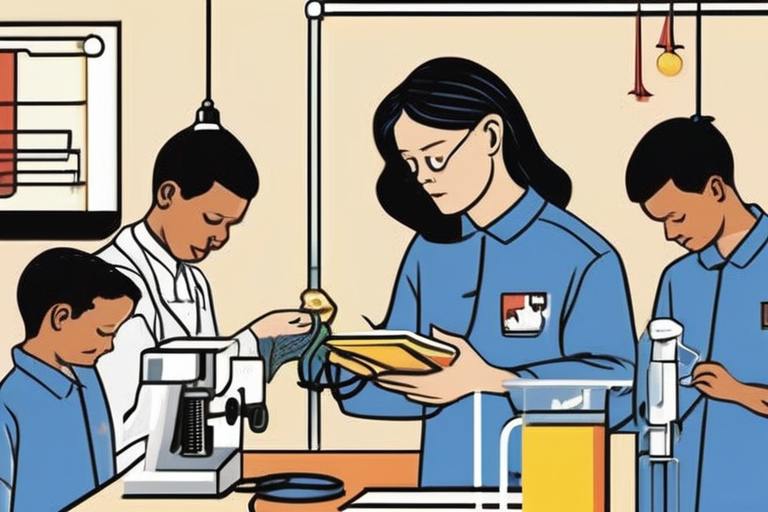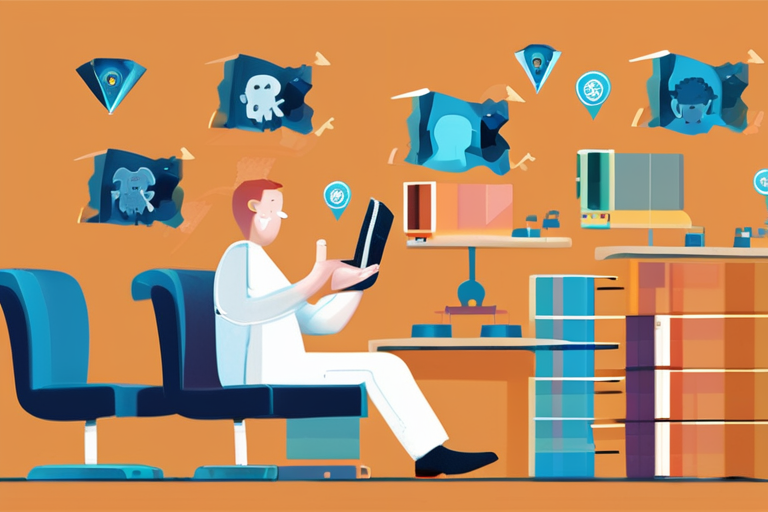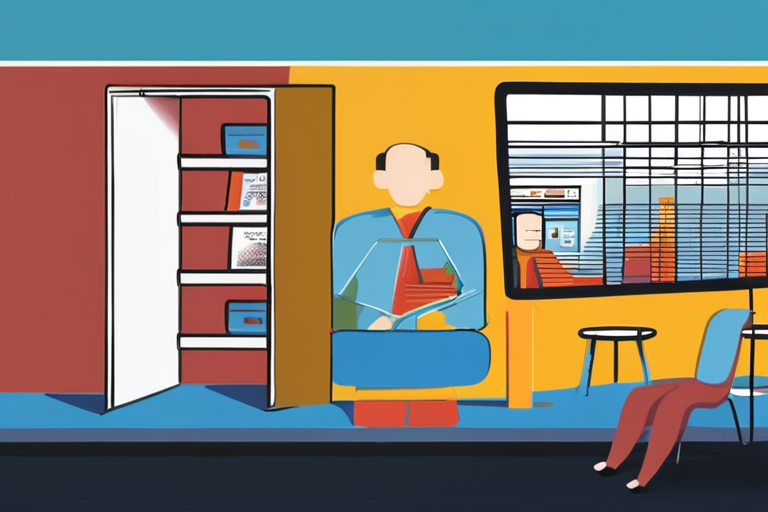Autism Research Reveals Hidden Genetic Diversity: A New Era for Understanding Neurodevelopmental Disorders


Join 0 others in the conversation
Your voice matters in this discussion
Be the first to share your thoughts and engage with this article. Your perspective matters!
Discover articles from our community

 Hoppi
Hoppi

 Hoppi
Hoppi

 Hoppi
Hoppi

 Hoppi
Hoppi

 Hoppi
Hoppi

 Hoppi
Hoppi

Autism Diagnoses on the Rise: New Research Suggests Improved Diagnostic Methods, Not Actual Increase in Cases A recent surge in …

Hoppi

Trump Administration's Autism Conference Sparks Global Outrage and Financial Concerns The Trump administration's recent press conference on autism research has …

Hoppi

Autism on the Rise: What the Science Says A recent surge in autism diagnoses has sparked concerns about the condition's …

Hoppi

Autism on the Rise: Unraveling the Mystery Behind the Increase In a recent press conference, Robert F. Kennedy Jr sparked …

Hoppi

Autism on the Rise: Unraveling the Mystery Behind the Increase In a recent press conference, Robert F. Kennedy Jr sparked …

Hoppi

Autism May Be the Price of Human Intelligence: New Research Suggests A groundbreaking study published in Molecular Biology and Evolution …

Hoppi